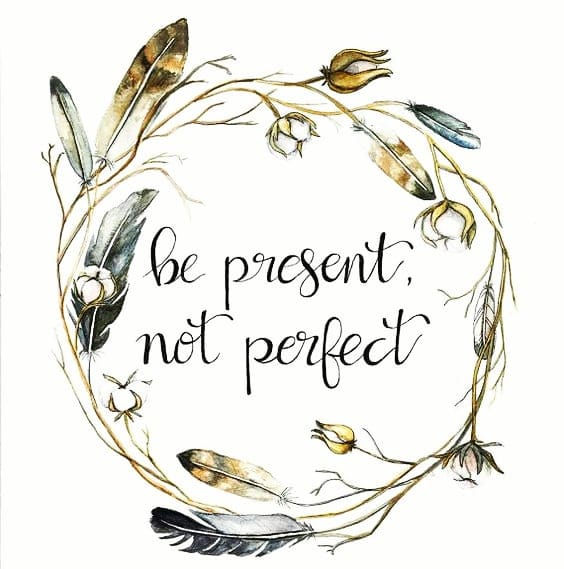Meditation Postures Made Easy
- Life Coach Bindiya Murgai

- Jan 16, 2017
- 4 min read
Updated: Sep 26, 2019
Although you can meditate in almost any posture, there is an ideal posture to achieve best results. As meditation is a practice that is meant to control, heal and awaken your mind, and the mind and body are inextricably connected, your physical posture does play an important role. It promotes peace, control and strength of mind. It balances the energies in your physical body.

Meditation Guide & Therapist Bindiya Murgai while conducting a Healing Hideaway Meditation Retreat
Meditation can be practiced while walking, dancing, standing, reclining, running and while doing a host of other things. Yet, for most meditations, the recommended posture is sitting.
The traditional meditation posture is called the '7 Point Meditation Posture' or the Lotus Position. It's the classical posture in which the Buddha meditated. It takes a while to get used to this posture, especially if you have not been active or flexible, but unless you have some health problems related to your bones, this is a posture you can master in a few weeks. Once you do, you can use this position to meditate for the rest of your life. It's also the posture used by Buddhist monks, Hindu yogis and serious practitioners to meditate during sessions that last as long as 24 hours at a stretch.
The classical 7 Point Posture or the Lotus Position
1. Sit on your meditation cushion or the floor, with your spine, from the nape of your neck to the small of the back, as straight as possible. If you are using a meditation cushion, it will raise your bottom a little and force your knees closer to the floor. This will help keep your back straight. Adjust yourself to sit a little forward, on your shins.
2. Cross your legs. Keep your right leg above your left leg. The back of your feet should sit flat on the tops of your thigh. Ideally your two feet make a straight line.
3. Keep your shoulders even and relaxed. Try not to sit with one shoulder higher than the other.
4. Keep your chin parallel to the floor and slightly inwards
5. Keep your eyes relaxed, open but slightly lowered. Keep your gaze about 3 feet away, but don't focus on anything in particular.
6. Place your tongue gently against your palate. Keep your lips should be slightly parted. Your teeth should be touching, but not clenched.
7. Breathe through your nose
8. Although the hand position is not part of the 7 Point Posture, traditionally you should cradle your right hand gently on the left, with your palms up. Let your thumbs gently touch one another. Keep you hands about 3 inches below your navel and your elbows slightly away from your body.
9. Start by sitting in the 7 Point Posture for 10 minutes. slowly increase it in increments of 5-10 minutes. If you are not flexible or used to sitting cross legged, you may feel some aches in your knees, back, bottom etc. That is fine. These will go away with regular practice.
Many people find it easier to meditate with their eyes closed, especially in the beginning. However, it is better if you can train yourself to meditate with your eyes open. This is because closed eyes encourage thoughts, day dreaming, distractions and imaginative imagery. It's also easier to fall off to sleep with your eyes closed.
Once you have settled into your meditation posture, spend a few minutes to relax your body before you begin your meditation, as most of us carry a lot of residual tension within us, that we are mostly not conscious of. To relax your body, first loosen your muscles. Take 40 long, deep breaths. With every exhale, imagine all the tension leaving you body. And with every inhale, imagine that you are breathing in fresh, renewing white light from the universe.
If you find it difficult to sit straight due to a back injury or pain, please feel free to use support. If you are ill and can't get out of bed, it's fine to meditate while lying down. If you are an immensely restless or anxious person and find it hard to sit still, start by doing a more active meditation that involves movement such as dancing, walking or running. Gradually add the sitting meditations to your practice by following the active meditation with the sitting one. The active meditation helps calm your nervous energy and helps in creating stillness later.
The most important thing to remember is that meditation must not become a stressful activity for you, as that will be totally counter productive. Be gentle and kind to yourself. If you can't practice sitting in the 7 Point Position due to age or health issues, don't let that come in the way of your practice. Sit on a chair if needed. But do meditate. It will change you forever.
Stay happy and blessed.
Bindiya
www.healinghideaway.in
All Rights Reserved
#healinghideaway #therapy #bindiyamurgai #therapistbindiyamurgai #decording #counseling #relationshiptherapy #meditation #learnmeditation #guidedmeditation #7pointposition #lotusposture #meditationpostures #easymeditationpostures




Comments